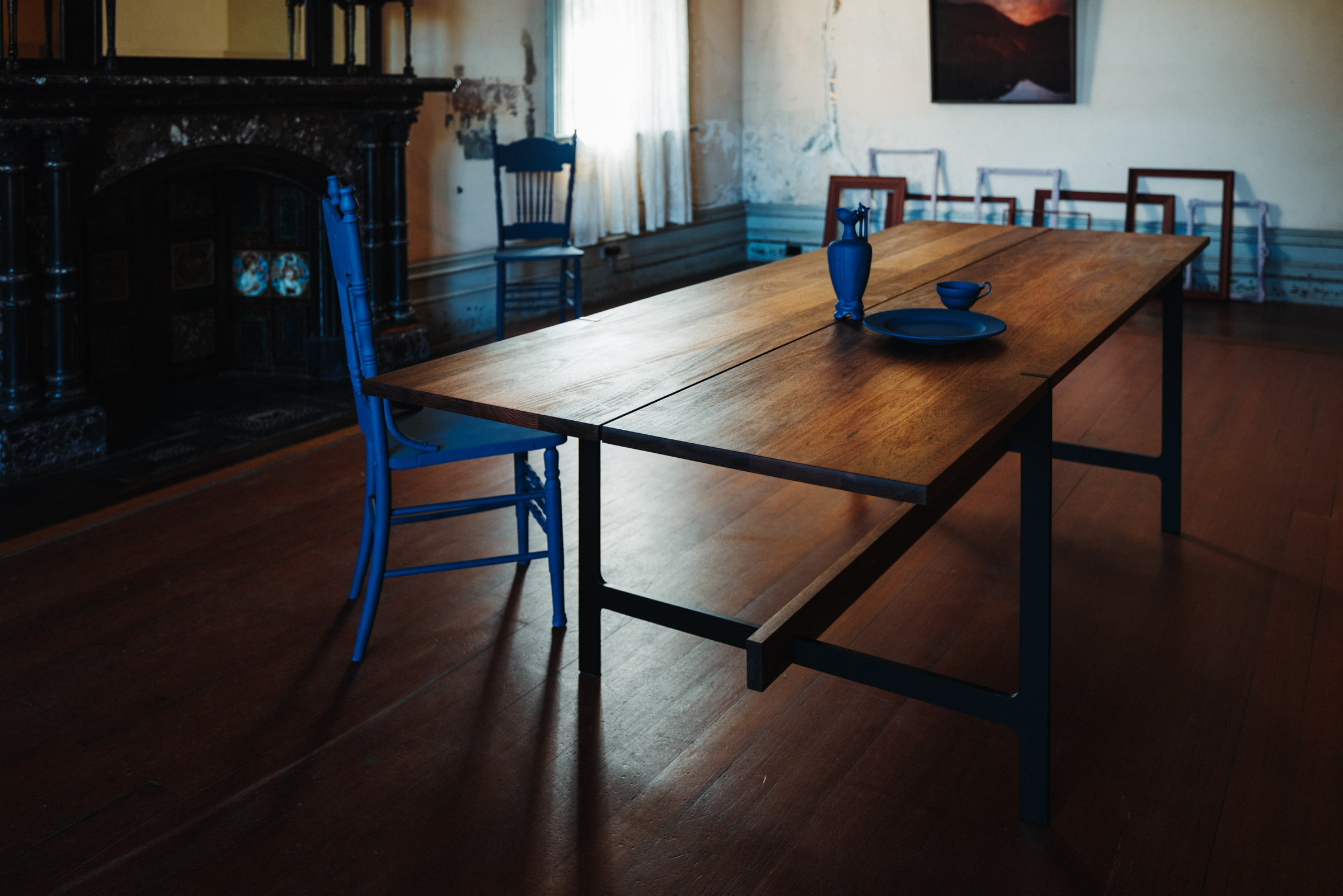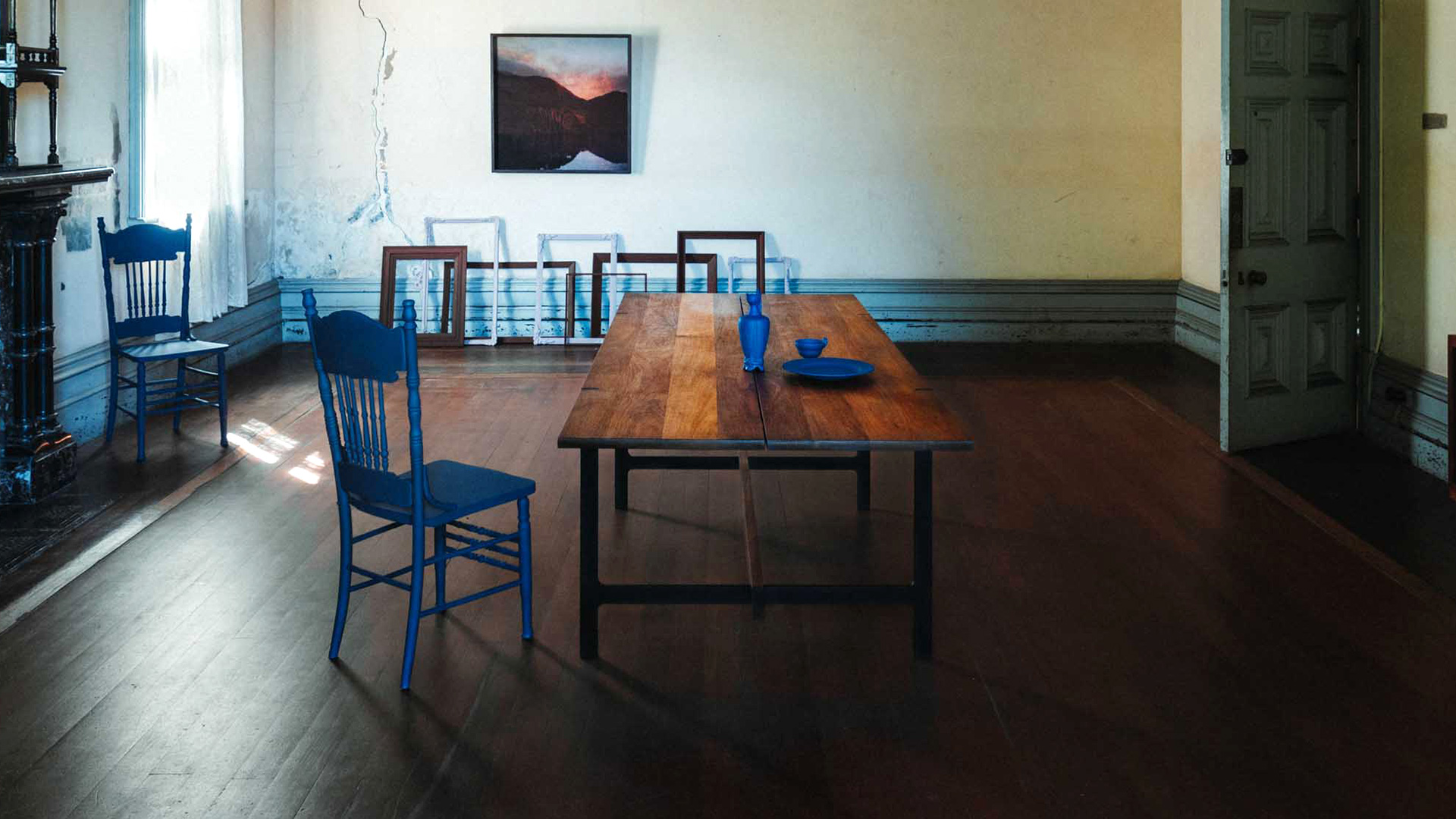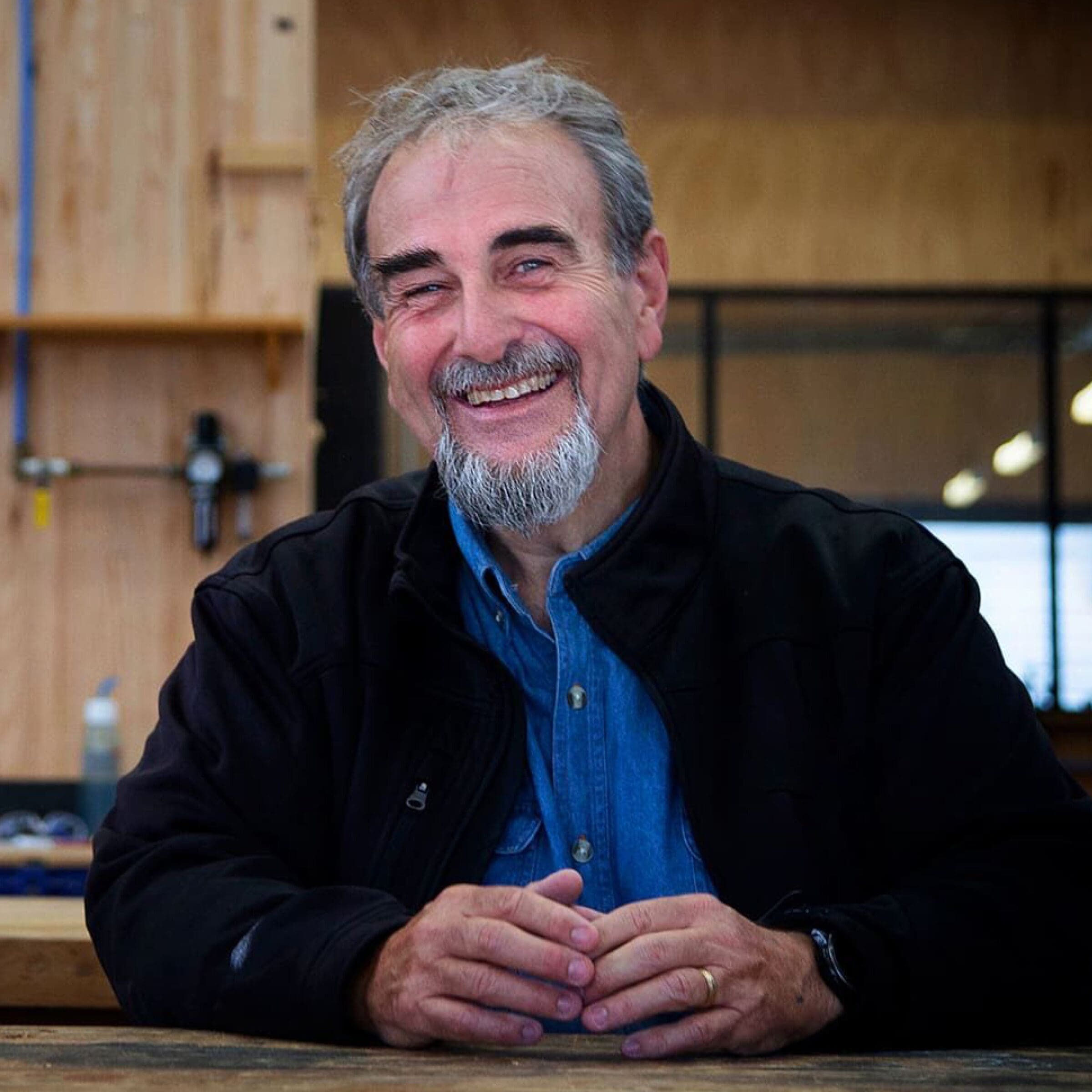Innate 2.0 by Jon Goulder and Fiona Lyda
Four years after the debut of the Innate Collection, a furniture range by Adelaide-based designer-maker Jon Goulder and Sydney design retailer Fiona Lyda, the design powerhouses are back at it again, releasing the second iteration of the Innate collection- Innate 2.0.
Launching the collection at Melbourne Design Week in March, we spoke with Goulder and Lyda to find out more on the release of the second generation of the Innate collection that champions local manufacturers, design, and materials- including the use of local Tasmanian timbers.
Elevated simplicity
The Innate collection is a range of Australian furniture that offers a sense of minimalism, playing with clean lines and paired back tones while celebrating materials unique to the Australian design vernacular. The original Innate collection captured a deep and moody pallet with the use of black leather, black powder coated aluminium, pops of brass, dark stone, and Tasmanian Oak and Blackwood that underwent a process of pickling by application of vinegar darkened by steeped steel wool. In contrast, Innate 2.0 is a bright and fresh take on the ethos of the Innate line captured again by the natural tones of blonde timber and Blackwood, as well as the generous use of brass and lighter shades of granite.
Innate 2.0 was first launched as part of Futures Collective at Villa Alba for Melbourne Design Week, where the existing console, coffee and side tables accompanied the new additions to the collection including a desk, dining table and bedside tables. With both designers trusting one another’s input on the overall mood and the design’s elevated simplicity, the pair were thrilled to showcase this second line that continues to celebrate a true Australian aesthetic.
“Exhibiting with Fiona at Villa Alba and showing the new Innate collection was amazing because Fiona has this ability to layer materials, objects, furniture, fabrics and texture in a way that presents the work in an incredibly beautiful manner. You only have to comprehend what you’re looking at rather than a cluttered space with lots of stuff in it,” says Goulder.
An appetite for local design
With the second round of the collection already receiving high praise from the design world at Melbourne Design Week, Lyda explains that Innate 2.0 is a continuation of celebrating local, Australian design which she also says has been in high demand.
“We originally started with the concept of ‘what is innate about the Australian ethos?’, ‘who are we?’ We wanted pieces that were going to be strong and functional and don’t tap dance in a space but just gently do their job with a real appreciation for materiality and simplicity. For those reasons [the collection] resonated well in the marketplace,” says Lyda.
“The thing that’s not surprising is that there is a real appetite for Australian design, and we knew that going in. Everything that we’ve experienced in the last two to three years has only added to that. People are actively seeking to support the needs within their communities. With Innate, it’s one of the small steps that Jon and I can do to be effectively supporting all that is around us,” says Lyda.
“That feeling of appreciating Australian made and Australian design and creating new manufacturing hubs within Australia is something that is across the board, not just designers or individual clients, it’s everywhere. People have decided that they want to be more considered about what it is they are consuming and why,” says Lyda.
Echoing Lyda’s sentiments, Goulder shares why it’s important to specify the use of local materials in the Australian environment.
“Making Innate originally out of Australian timbers and having it in the market for the past four years has definitely driven other designers to put Australian timber in their collections as well, or at least to feel a sense of responsibility in using a local species,” says Goulder.
“We’re still quite attached to this patriotic sense of place of living in Australia. We’ve been using Tasmanian Blackwood and Tasmanian Oak for years and we’ll continue to do so because it’s been received in the marketplace well, it works incredibly well and it’s beautiful,” says Goulder.
“Whilst trying to be as environmentally sustainable as possible, it also delivers an economic sustainability. We’re using local manufacturers, local suppliers, everything we do is local and then we’re delivering to a local market. It stimulates growth in the economy which is important for Australia and Australian design and manufacturing. It’s something we care a lot about and will promote even more in the future,” says Goulder.
Letting nature do the talking
Following the success of the pieces in the original Innate collection, Lyda explains how the next pieces came to be.
“We fleshed out the collection a bit more and one thing that was screamingly obvious to us was the need to create a dining table. We’re proud to launch this dining table, it’s a real thing of beauty. It took a long time to finesse the design even though it’s deceptively simple. Creating simplicity is harder than one would imagine. The table showcases the piece of wood beautifully and just says what Innate is,” says Lyda.
“Another exciting thing from my point of view is we’ve expanded on the coffee table and side table collection by adding a rectangular version. It speaks to the base design very well and we’re pleased with its aesthetic. The tables are just elevating the art that our planet offers us.”
With the tactility of each piece drawing in admirers of the collection, Lyda says it’s the look and feel of natural products that captures people’s attention.
“We are innately drawn to organic things. The whole point of having things in your home is to let them feed your soul. Beautiful pieces of wood, metal, a woven piece of fabric- these natural items in the home nurture us and what’s being discovered more and more is that these sorts of materials make us feel good,” says Lyda.
Video & Images: Simon Brooke (tigermedia.io) and Spence & Lyda
Shop: Innate by Jon Goulder
Original Thinkers Podcast
Listen to our conversation with Fiona Lyda:















